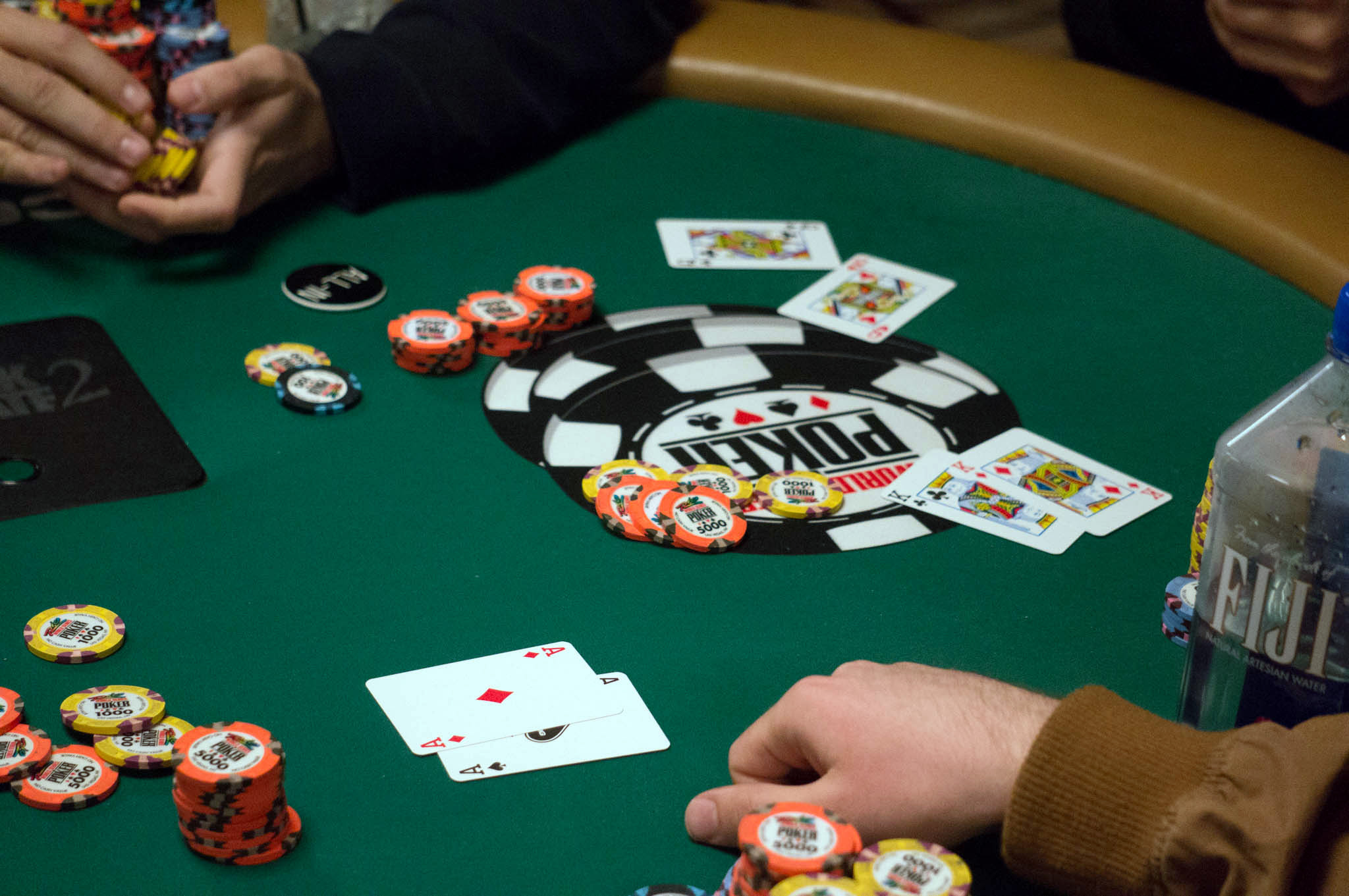
Betting is an integral part of poker. Adding a wager isn’t just a way of winning or losing money. It adds a strategic element to the game. Because of this, plenty of poker betting strategies have been created. Straddling is one of the most aggressive wagering strategies. So, what is this, and why do players decide to use this technique?
Before we talk about straddling, we need to know how the bets are structured. Typically, you’ll have a big blind and a small blind. The big blind is the amount required to buy into the game. Small blinds are half of the big blinds. This sounds a little tricky, but it isn’t that hard to understand.
Let’s say that you are at a $15 cash game. The big blind is $15, while the small blind is $7.5. Big blind and small blind positions will rotate after each round. Before players can enter the game, they need to pay the big blind.
A straddle occurs when the player to the left of the big blind increases the wager. This person is often known as the Under The Gun (UTG player). Straddling bets must be double the big blind. The upper limit of the straddle is determined by the casino. In some casinos, players can go all-in before even taking a look at their cards. Straddling is completely optional. Some players go their entire lives without choosing to straddle.
A straddle does two things. First, it increases the buy-in for the game. Secondly, it changes the player’s role pre-flop. Normally, the UTG player would be the first to react once their cards are revealed. If they straddle, the person to their left needs to go first, and the UTG player is the last to act. This gives them more time to see how other players react to their hands. Post-flop, though, the game proceeds as normal. Because of this dynamic, it can help to think of a straddle as an optional third blind.
Don’t worry; most people are a little perplexed after learning about the straddle. But, in practice, it isn’t that confusing. Let’s assume that there is a $20/10 table. So, big blinds are $20, and small blinds are $10. The UTG player decides to straddle, increasing the bet to $40. This happens before anyone receives their cards. The other players then need to decide if they want to accept the new buy-in price or fold.
The UTG straddle is the most common. But there are two other types of straddles you might run into, these are:
As always, the casino sets the rules. So, make sure you understand when straddling is allowed before you start playing.
You won’t be able to straddle in all poker games. Typically, you’ll only be able to do it during a cash game. Usually, online players can’t use the straddle. Plus, straddles aren’t available for all types of poker. Usually, they are just part of flop games, most commonly Hold ‘em poker.
It should also be noted that most tournaments won’t allow straddling. However, there is one major exception. World Series of Poker (WSP) does let the players straddle.
When you first hear about the straddle, it’s common to be perplexed. You’ll need to place a large bet without seeing your cards. For all you know, you’ll get a terrible hand and no chance of winning. Given this risk, why would anyone choose to straddle? There are a few possible explanations.
First, straddling ensures that you can act last when you get your cards. This is a valuable advantage, putting you in control of the game. By studying other players' reactions, you can learn what type of hand they have. From there, you can decide what kind of game you want to play.
The other big advantage is increasing the amount of money in the pot. There are a few reasons this can be a good strategic decision. First, it will allow you to see how many players are willing to take the risk, giving you valuable insight into their mindset. Plus, if you only straddle occasionally, it can make you more unpredictable. Of course, players straddle for fun. It can be a way of spicing up a dull game.
But straddling isn’t always the right approach. There is a lot of risk involved in this poker strategy. You haven’t even seen your cards. If you straddle and end up with weak cards, you’ve just increased the amount of money you’re going to lose. This is a particularly large problem in Hold ''em poker, where most players fold their hands after the flop.
Using straddling to increase the action on a quiet table might be wise. But things can quickly turn nasty if the action gets too out of control. You would be forced to take unnecessary risks as the game gets too unpredictable. Any strategy you may have had will get thrown out the window.
Every poker player has a view on straddling. Some people think it’s a dumb idea, which will quickly leave you broke. Others think it can be a wise move if used strategically. You can even find people who straddle whenever they can. As always, it’s best to think about your playing approach before deciding whether straddling is right for you.